2009 Dodge Viper ACR

FAST FACTS
| 1. Aerodynamics package produces 1,000 lbs of downforce at 150 mph |
| 2. 600 hp, 560 ft-lbs, 3,400 lbs, 5.67 lbs/hp |
| 3. Comes from the factory with a manual describing how to set up the suspension and aerodynamics for the race track |
With SRT (Dodge’s in-house performance division) Vehicle Dynamics engineer Erich Heuschele helping strap me into the Teamtech 6-point harness seatbelt he added to the new Dodge Viper ACR, a machine he knows inside and out from having been an integral part of its development, there was something both familiar and a little intimidating about the situation. As a Touring Car racing driver, I’ve been strapped into my fair share of fast machines, but having a factory engineer (and accomplished racing driver himself) briefing me on handling characteristics and the layout of a track I was completely unfamiliar with, I’d be lying if I didn’t admit to some trepidation. Add to that the mighty rumble of the big snake’s 8.4-liter 600-horsepower V-10 powerplant coming to life as I hit the ‘Start’ button and my heart rate was definitely starting to climb.
AUTOBAHN COUNTRY CLUB – NOT FOR GOLFERS
Thanks to LAPS ( www.lapsincorporated.com) and Aaron Vanassche from the Illinois Viper Club, I was able to test the new Viper ACR in its natural environment – a world-class road racing circuit. The Autobahn Country Club, a facility that caters primarily to its private membership in the greater Chicago area, was an ideal setting in which to evaluate Dodge’s street-legal super snake. The challenging 21-turn 3.56-mile layout has an excellent mix of slow, medium and high speed turns along with some long straights and heavy braking zones, so any weaknesses in the ACR’s design would surely be exposed.
WEAKNESSES? WHAT WEAKNESSES?
If using a word like “weaknesses” when discussing one of the most powerful sports cars the world has ever seen seems odd to you, you’re not alone. For example, what at first seemed like severe understeer in the tighter corners actually turned out to be me overdriving the Viper into these corners, a habit I no doubt developed from racing a lightweight front-wheel-drive Touring Car. But once I adapted to the Viper’s setup by bringing corner entry speeds down a bit and in the process getting the big snake pointed in the right direction a little sooner, I was suddenly able to get on the gas earlier, allowing all 560 ft-lbs of torque to team up with the massive rear 345/30R19 Michelin Pilot Sport Cup tires for acceleration so violent it’d put a smile on Mike Tyson’s face.
That’s not to say the Viper ACR is faultless. As thorough as the SRT team has been in developing this street-legal track-day special, because it’s been setup with a skilled driver in mind, it’s not forgiving of overly aggressive inputs of any sort. The ACR feels like a true GT race car, and as such it commands the full attention and respect of its driver. Attempt to bend a machine this hardcore to your will and you will end up parked backwards in the weeds faster than you can say Heikki Kovalainen. But work with its strengths and obey the “slow in, fast out, smooth hands” advice of Erich from SRT and you’ll quickly fall into a rhythm where man and machine work together to produce lap times that’ll shatter the hopes and dreams of every Porsche and Ferrari owner at the track.
Vipers have long been known for having exceptionally strong brakes, no doubt a requirement for a 3,400 lbs machine this fast, but because of the numerous long heavy braking zones at the Autobahn circuit, the standard Viper brake pads our ACR tester was equipped with showed signs of fade after a few flying laps. But to SRT’s credit, Erich stated that based on this feedback they would be equipping all future ACR’s with the Mintex Motorsports pads from the track-only Competition Coupe.
SHOCK AND AWE
Having spent enough time in the driver’s seat to understand the Viper’s handling dynamics, it was now the fastest machine on a track full of high-end machinery. I pulled out next to a 996 Porsche 911 GT2 to make a pass on a straightaway, making the long shift into 4th gear (the Viper’s gearbox is not terribly quick) while next to the GT2. The ACR’s exhaust released a T-rex sized snarl that caused the unsuspecting Porsche driver to swerve to the right. Apparently I had unknowingly engaged one of the ACR’s many weapons systems – its “shock and awe” side-exit exhaust. Dodge hasn’t built a gussied up Viper here; they’ve built an American Club battleship!
Or maybe it’s a fighter jet, given the advanced aerodynamics SRT has equipped its newest and fastest ACR with. Through high-speed sweeping turns the massive downforce generated by the Viper’s front splitter, diveplanes and huge rear wing allow for early and aggressive application of the go-pedal. At 150 mph the overall aero package produces an astounding 1,000 lbs of downforce (with a front-to-rear aero split at factory settings of 40/60) based on SRT’s wind tunnel test results. According to Erich from SRT, “We spent the equivalent of 1300 hours doing aero development with CFD, wind tunnel testing, and track testing. The challenge wasn’t making rear downforce with the wing, but making front downforce and optimizing drag. Through development, we reduced drag by 15% and added downforce to the ACR from the base Viper at a 7:1 downforce-to-drag ratio.”
THE COMPETITION
With an MSRP of $98,110, the ’09 Viper ACR is a veritable bargain compared to the Track Day Specials from Porsche and Ferrari. The 2009 Porsche 911 GT3 comes in at a fairly competitive $107,500, but the Ferrari 430 Scuderia starts at a whopping $267,456. Of course with the Ferrari you get to tell your friends that Michael Schumacher played an integral role in developing your car, and for some that alone may make the $170,000 premium worthwhile. But if pure performance is all that matters, the Viper ACR is going to be tough to beat thanks to its massive downforce and grip advantage as well as its impressive power-to-weight ratio of 5.67 lbs/hp (compared to the GT3 at 7.41 lbs/hp and the 430 Scuderia at 5.91 lbs/hp). But lets not overlook the new $106,520 Chevrolet Corvette ZR1, which has more than enough power to outrun the ACR in a straight line (with a power-to-weight ratio of 5.21 lbs/hp), but without the GT race car aerodynamics the big Dodge should gobble it up in the corners.
THE VERDICT
If beating up on your friends and their expensive German and Italian sports cars at your local road course is a high priority, there is no better weapon than the 2009 Dodge Viper ACR. Simply put, it’s going to be the fastest street-legal machine in the paddock at just about any club lapping day, but the question is, do you have the skill (and cahones) required to extract the full potential from a beast as hardcore and brutally quick as this? For experienced track-day drivers moving up from a less powerful machine, you’ll love every minute of it as long as you treat the Viper ACR with respect as you approach its limit of adhesion. But if you’re a novice who’s just getting started in the high-performance or race driving game, this is not the car for you. And although I did not test the ACR on public roads, its KW dampers are very sophisticated and will no doubt work extremely well on the street, but all that wind-tunnel tested and CFD developed aerodynamics is going to look silly if all you ever do is cruise to the gym in it. Simply put, the new Viper ACR has been carefully engineered by the speed freaks at SRT to club the competition at the race track, so using it solely as a street car would be pointless, since Dodge already has the standard Viper for that.
POSITVE
- Massive aerodynamic downforce provides confidence and grip at high speeds
- Adjustable KW Suspension dampers let you dial in the handling to your taste
- 600 horsepower and 560 lbs/ft of torque means there’s abundant power in any gear
NEGATIVE
- Handling dynamics are not beginner-friendly when pushed to the limit
- Huge rear wing and front diveplanes mean it won’t fly under the radar on the street
- Bold American styling won’t impress the Euro-snobs

Some say he's closely related to Bigfoot and that he's a former Canadian Touring Car Champion. All we know is he's the AutoGuide Stig! A thesis defense away from being your intellectual superior he's a professor of vehicle handling dynamics. The part-time touring car and time attack racer is faster (much faster) than your average auto journalist.
More by Dave Pratte













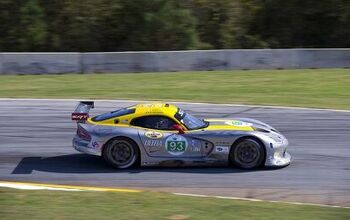

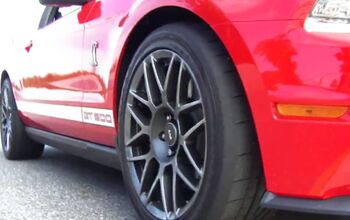
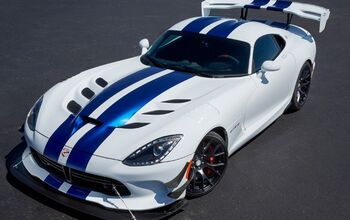
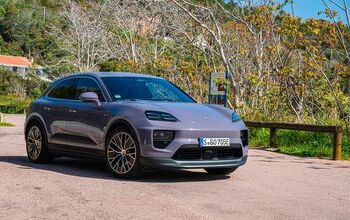
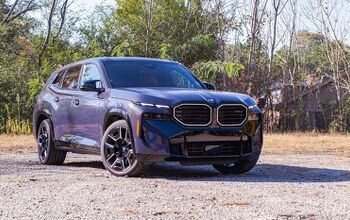
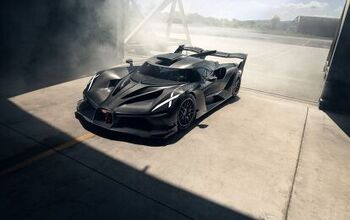



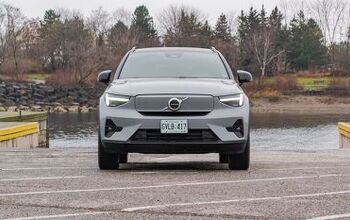


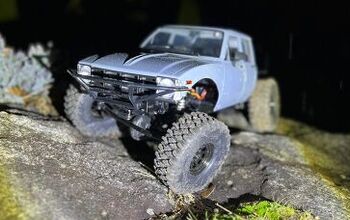


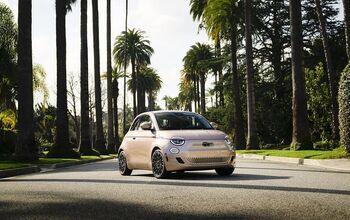
Comments
Join the conversation